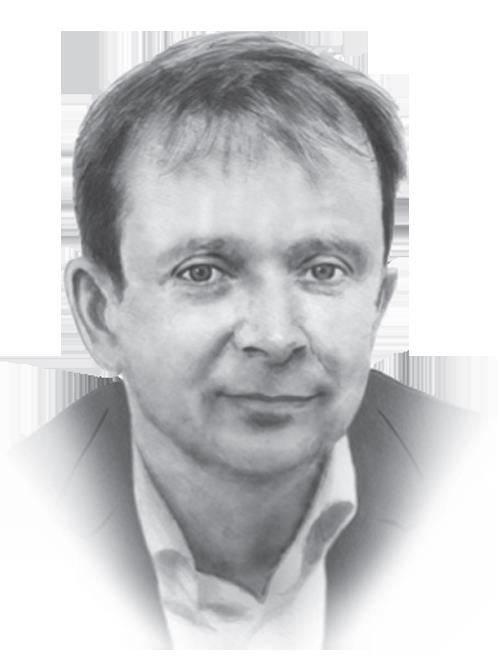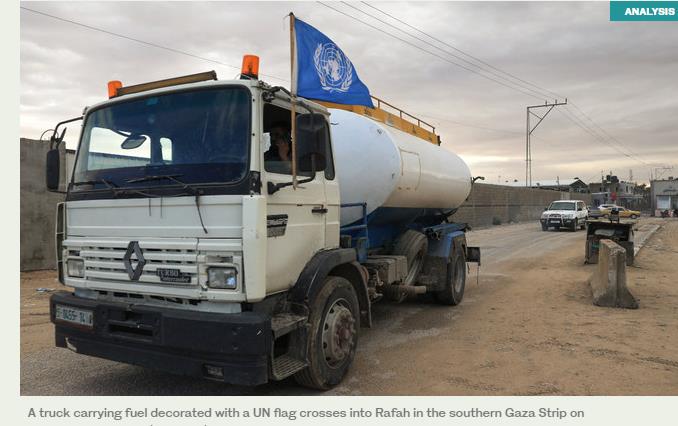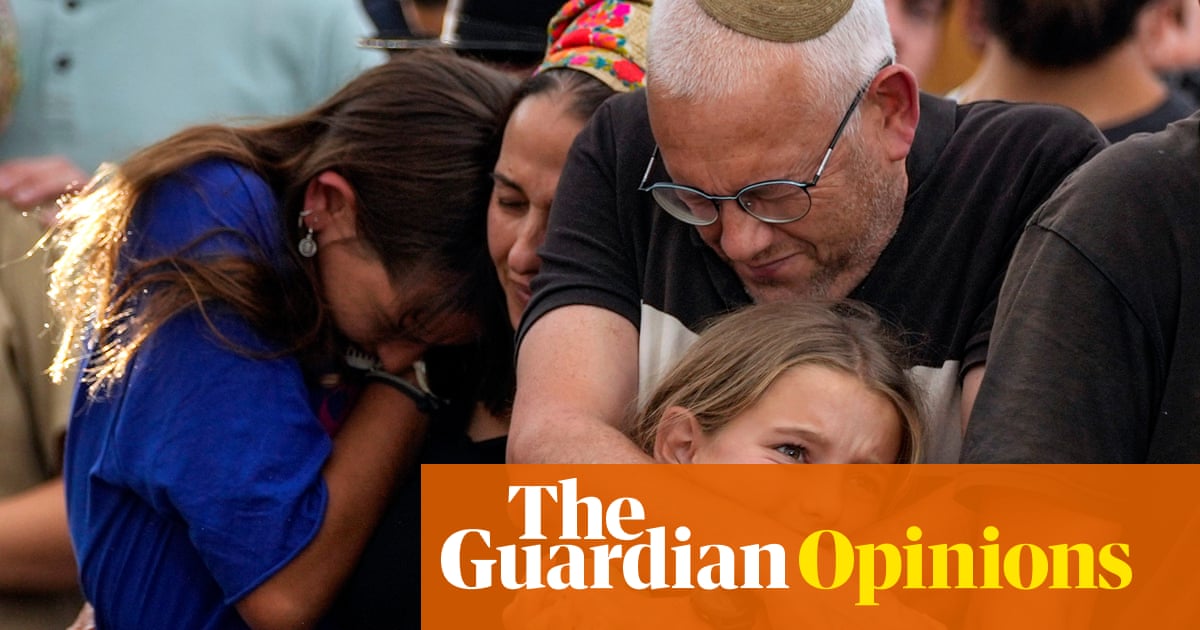
The claims that the state of Israel is guilty of the crime of apartheid have escalated in the past three years. While Palestinian human rights groups have stated this for years, Israeli and international human rights agencies have joined them, as well as UN special rapporteurs on human rights. This represents a near totality of the human rights community who to varying degrees have published papers demonstrating how the Israeli system privileges the rights of Israeli Jews over all Palestinians, including those who are citizens of Israel.
The systemic discrimination that exists in the occupied West Bank is the most obvious and blatant. The dual legal and political system allows 750,000 Israeli settlers to enjoy in their 300 illegal settlements full rights under Israeli civil law, while the 3 million Palestinians there live under martial law, their land and resources stolen from them and their movement restricted by barriers, walls, checkpoints and a discriminatory permit regime. Palestinians in Gaza attempt to survive in the world’s largest open-air prison.
The more challenging claim is that within Israel itself the crime of apartheid is being perpetrated. Here Palestinian citizens of Israel have full voting rights, passports and many other rights that come with citizenship. Sadly, discrimination and subjugation is deployed for the benefit of the dominant group, Israeli Jews.
Nowhere is this clearer than in the Negev or Naqab in the south. The treatment of the Palestinian Bedouin here represents one of the primary exhibits to make the case. These communities, numbering near 300,000, face many of the same issues as their counterparts do in the West Bank. In short, they too are being forced off their land, a process that began in the very first months of the new state of Israel.
Out of the 90,000 Bedouin who lived in the Negev in 1948, only 11,000 remain after many have been expelled or fled because of fear. Like other Palestinians, they were denied their right to return. Many today are facing forced transfer for the second or third time in the West Bank. The Israeli authorities corralled the remainder against their wishes into what was called the Seyag, a 1,500 sq km zone to the east of Beersheva. Remember that before 1948, the Bedouin claimed land ownership through traditional grazing rights over nearly the entirety of the Negev desert. I spent months visiting these areas in the 1990s, and returning last week, the situation was, if anything, far worse.
About half of the Bedouins were forced into seven planned townships. Here they can not practice their traditional way of life. These townships became stagnant, with no investment, massive unemployment and increasingly zones of criminality and drug use.
The remainder found themselves in what are known as unrecognized villages or as the Israeli authorities refer to them, “illegal” villages. They do not appear on any map. They receive no municipal services, no garbage collection. They are not connected to the sewage system nor are they on the water or electricity grids, though the one major improvement is the omnipresence of solar panels giving them at least some source of energy, far cleaner than the diesel generators in use two to three decades ago. Other unrecognized villages, all Palestinian, survive elsewhere in Israel too. Yes, these Bedouin can vote in the national elections, even if polling stations are not allowed in their communities, but never in municipal elections.
Attitudes to the Bedouins are hardened by a mix of racist anti-Palestinian hate plus an orientalist mindset toward the Bedouin way of life.
Chris Doyle
Like many West Bank communities, all these unrecognized villages face demolitions at any point. Imagine living in a situation wondering when the bulldozers might just arrive the next morning. In the past six years 15,000 demolitions have taken place. The community of Araqib has been demolished 216 times. One wonders if the Guinness Book of Records has been in touch.
More than 40 unrecognized Bedouin settlements make up about between 40 to 50 percent of the total Bedouin number. Mohammed tells me that he has to have a mailbox in Beersheva for himself and for his business. There is no post in unrecognized villages of course.
Sitting there listening to the endless issues these communities face, Israeli planes fly over. The noise when Israel is bombarding Gaza not far to the northwest — as it was in May — becomes intolerable, I am told.
But also the communities do not receive any protection from Israel’s iron dome. When militants fire rockets from Gaza and they fall on Bedouin communities they are described as falling in “open areas” as the government does not even accept they exist when being bombed. Back in the major 2014 operation, a 32-year-old Auda Al-Wadi was killed in one unrecognized community, and others were injured by a rocket.
Visually what is so striking is going round the Israeli Jewish community of Omer, right next door to many Bedouin settlements. Omer is the third-richest Israeli town in Israel. This gated community with its well-watered plush villas contrasts jarringly with the tin-roof shacks of the Bedouins in its shadow.
A famous quote from Moshe Dayan, the former Israeli minister of defense, sums up Israeli Jewish attitudes to the Bedouins. He wrote in 1963 that “We should transform the Bedouin into an urban proletariat in industry, services, construction and agriculture … the Bedouin would not live on his land with his herds, but would become an urban person who comes home in the afternoon and puts his slippers on … The children would go to school with their hair properly combed. This would be a revolution, but it may be fixed within two generations ... this phenomenon of the Bedouins will disappear.” Bedouin children do journey to school yet, over 3,000 do so next to schools (even kindergartens) right by the Neot Hovav industrial complex, which produces toxic chemicals. You can smell the toxins and pollutants in the air.
The Bedouin communities are by far and away the most impoverished in Israel. They are two different worlds, an acute example of the haves and the have-nots.
In many ways these communities are no longer Bedouin, as they cannot practice the Bedouin way of life. Few can graze herds anymore. As they get pushed aside into townships, Israeli Jews put ever more into their expanding Negev communities, fueled by government investment and support. Attitudes to the Bedouins are hardened by a mix of racist anti-Palestinian hate plus an orientalist mindset toward the Bedouin way of life. The contrasts are stark, the discrimination systemic, the crime is apartheid.
• Chris Doyle is director of the London-based Council for Arab-British Understanding. He has worked with the council since 1993 after graduating with a first-class honors degree in Arabic and Islamic Studies at Exeter University. He has organized and accompanied numerous British parliamentary delegations to Arab countries.












